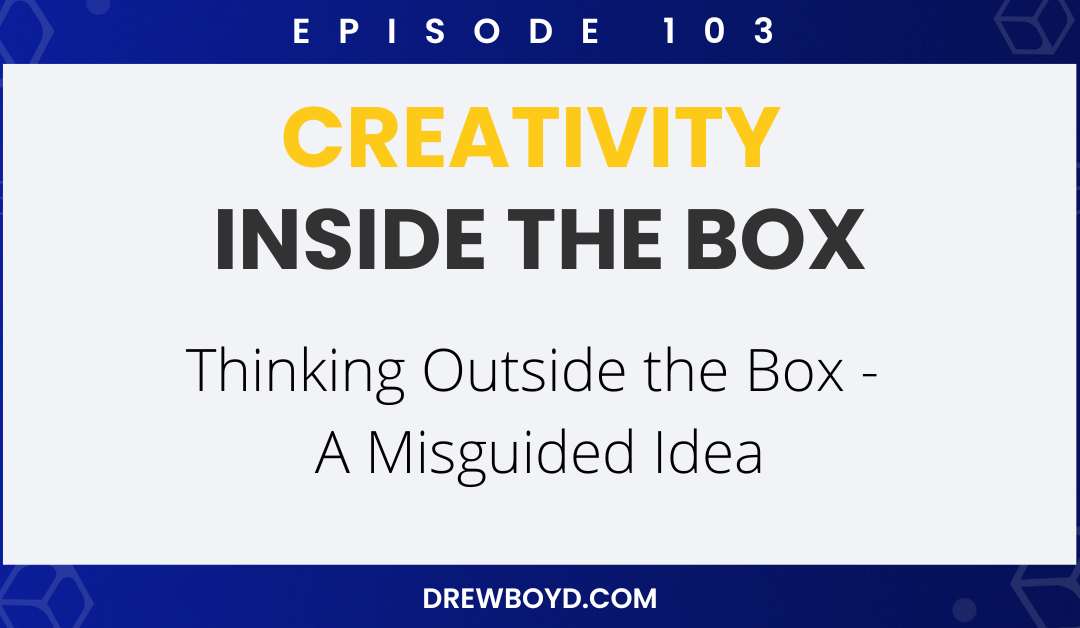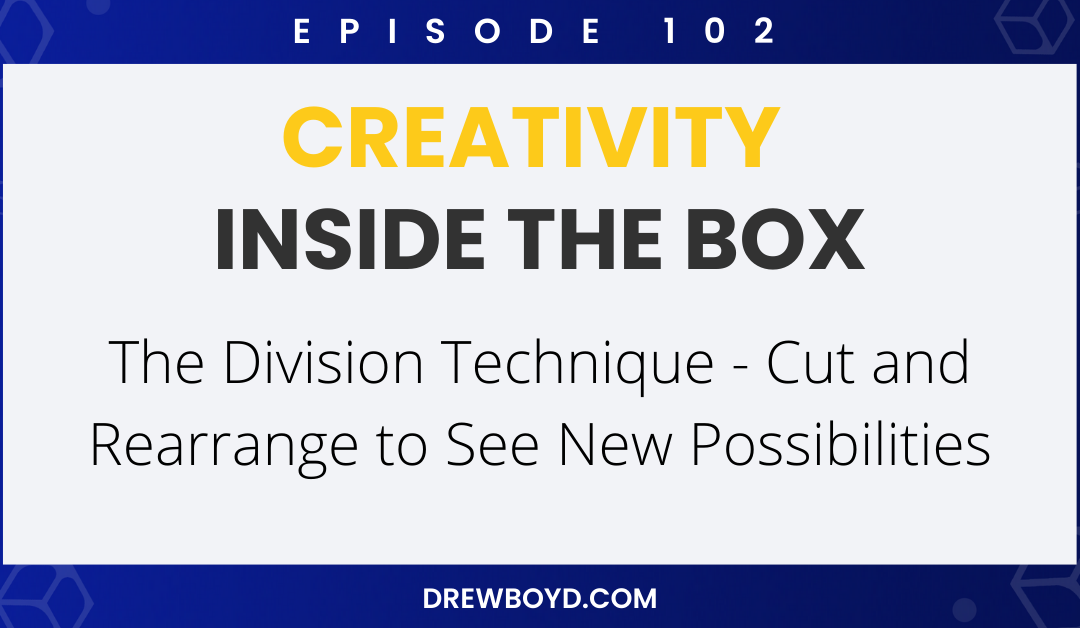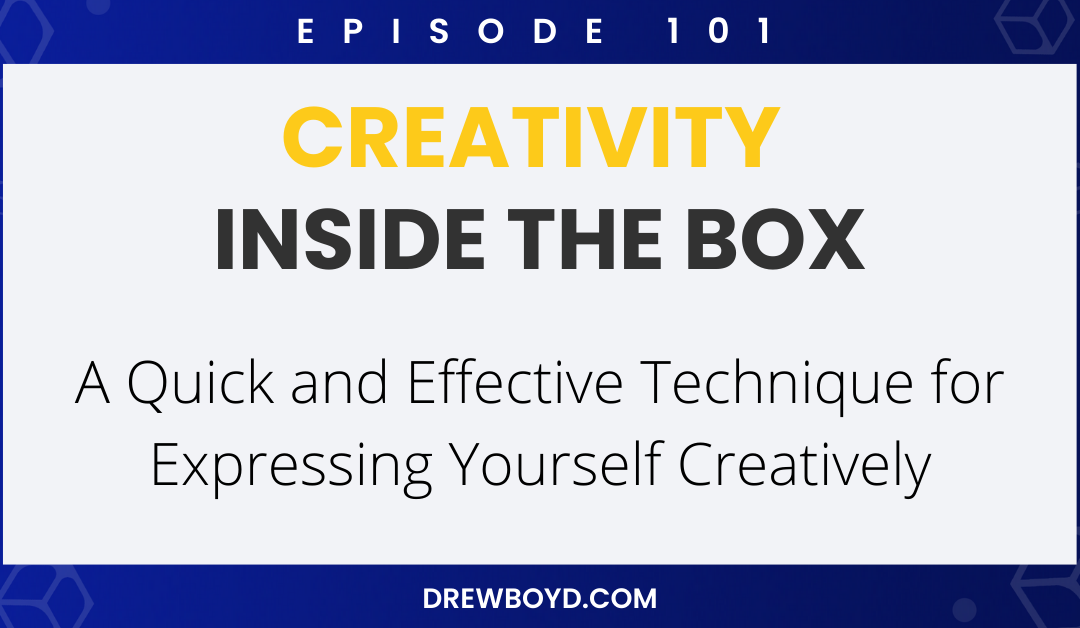By Orly Seagull
When thinking about creativity in teams, we often imagine a bunch of people in front of a flipchart throwing on the paper whatever comes to their mind – brainstorming.
But, what actually is brainstorming? And what is it actually useful for?
This is how Mark McGuinness defines the term:
“‘Brainstorming’ is such a common word that it’s often used to describe any meeting or conversation designed to generate ideas. But what the critics are really complaining about are formal brainstorming sessions, governed by a set of rules that originated with advertising manager Alex Faickney Osborn, in his 1963 book Applied Imagination. The basic assumption is that by suspending judgement, people free themselves to come up with unusual and potentially useful ideas. The four most important rules are:
- Generate as many ideas as possible – the more ideas you come up with, the better chance you have of coming up with good ones.
- Don’t criticise – it will dampen peoples’ enthusiasm and kill their creativity.
- Welcome unusual ideas – it’s important to break out of your usual mindset and consider wild and wacky ideas if you want to be really creative.
- Combine and improve ideas – instead of criticising ideas, look for way to use them in combination and/or make them better.
A leader is appointed to facilitate the session, encouraging people and making sure they stick to the rules. The leader is also responsible for collecting the ideas, usually by writing them on a whiteboard, flipchart or post it notes. Once ideas have been generated, they are evaluated at a later stage, to see which are worth implementing.”
Even though brainstorming does have value, for the purpose of energizing, team building and alignment around a topic, there is one main drawback to the method: most results are of little practical value.
This is why: most ideas produced during brainstorming sessions don’t work in reality, because of a lack of essential filters. Again, McGuiness explains this very clearly:
“Brainstorming is said to work because critical thinking is banned, allowing for a freer flow of original ideas. But again, the research raises doubts about this. One study compared classic brainstorming sessions with sessions in which brainstormers were told what criteria would be used to evaluate their ideas and encouraged to use this information to guide their idea generation. The ‘criteria cued’ groups produce fewer ideas, but a larger number of high-quality ideas. The danger with brainstorming is that quantity does not equal quality.
A common source of frustration for professionals is having to sit through brainstorming sessions in which other people generate a stream of ideas that ‘simply won’t work’. Sometimes the subject experts have tried the ideas before, sometimes they just have technical knowledge that allows them to see why the ideas will never work. But because of the rules of brainstorming, they aren’t allowed to say so, as they will be labelled ‘idea killers’.”
Instead, ideas in brainstorming sessions tend to be vague and abstract. Nick Fransen is quite pointed in his description of the common dynamics. He also translates his critique into a series of useful tips:
“Far too often (…) teams get stuck in the abstract world of fluff: Buzzword bingo! This is detrimental to innovation. It can destroy an idea’s chances of becoming a reality. Let me help you in your next endeavor.
Here are 8 words that should raise the hairs on the back of your neck: tread carefully!
- Platform: Yup, That’s right. I wanted to get this one out of the way first. And here’s why: 90% of the time, it’s just a cover up for an idea that you didn’t really think through. Is it a matchmaking marketplace with a supply and demand side? Is it a DIY website builder? Is it … ? Seriously.
- Fix: Try and explain your idea without using this word and find out how quickly you realise it’s an empty box
- One Stop Shop: So you want to fix all the existing needs and problems in one go? Maybe that’s a bit much to take onto your plate as a 5-person team…
- Instead, try and list all separate features you would need. How about actually nailing one thing at a time?
- Disruptive: Actually, the main pain of this word is that it’s not used for what it really means . Unless you’re offering a service that was previously inaccessible to a certain customer group at a severely lowered price with a drastically improved UX, Don’t call it disruptive.
- Community: How many people do you need before you’re community would be a success? Maybe try convincing 3 users first?
- Quality Label: “Oh a community is indeed a lot of work. Let’s go for a quality label.” First off: how many of these labels actually exist already? Do you pay attention to any of them? Nope. Neither does anybody else. Next to that. How many partners would you need to convince to make it credible?
- Omnichannel: Are you living in 2005? In all seriousness: focus! Find your early adopters and validate their preferred channel.
- App: Really, you want to make an app for that? If you said ChatBot, I might’ve been excited. But app?
- Big Data: Oh god.
(Nick Fransen, Board of Innovation)
So, not only are time and energy wasted on less-than-productive discussions, the process also inherently inhibits the creation of truly very radical ideas, as described by Paul Sloane:
“Unfortunately for managers, your presence in the room can inhibit people. With you there, it is very hard for your team to switch from normal meeting mode to creative brainstorm mode. You want them to confront the current conventions and generate unorthodox ideas. But some of these hidden factors might be at play:
- Too much deference and respect for authority (you!)
- Fear of looking silly
- Fear of rejection
- Not wanting to look disloyal or insolent
- Dislike of conflict or argument
You tell them that anyone can challenge anything and make any suggestion. They nod in agreement but they are waiting to see what happens. Someone suggests something strange and you immediately point out why that might not work. People read the signals and you are straight back into a conventional meeting with little chance of the wealth of radical ideas you were hoping for.”
To summarize, Brainstorming can indeed be useful:
- For a quick download of existing ideas.
- To improve existing ideas.
- For teambuilding.
- To energize the team (at least until disappointment from results sets in).
- To break hierarchical boundaries.
It is, therefore, important to consider what brainstorming can and cannot deliver:
If you are looking for any of the effects listed above, you might very well be needing brainstorming. If you are looking for innovation or actual idea generation, beware of its limitations.
And a last point to consider: if you are using an innovation methodology of any kind, ask yourself whether it is actually a new packaged version of (good) old Brainstorming.
Orly Seagull, VP Corporate Business Development at SIT. Posted from SIT.




